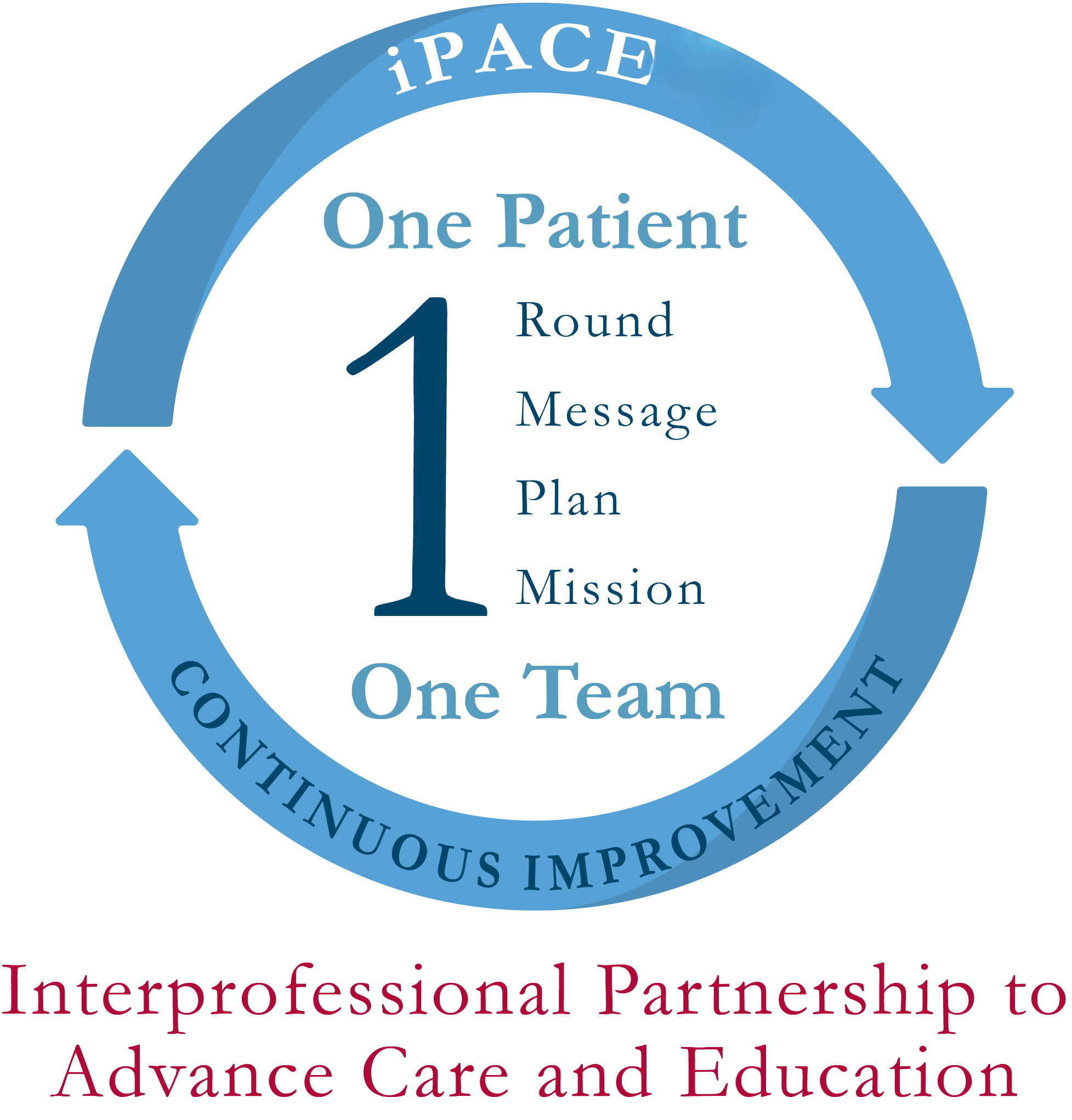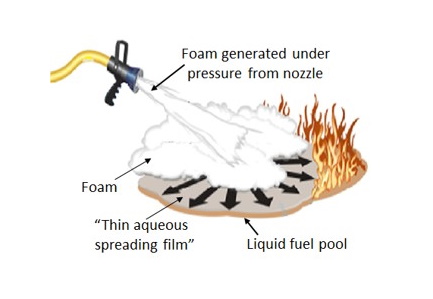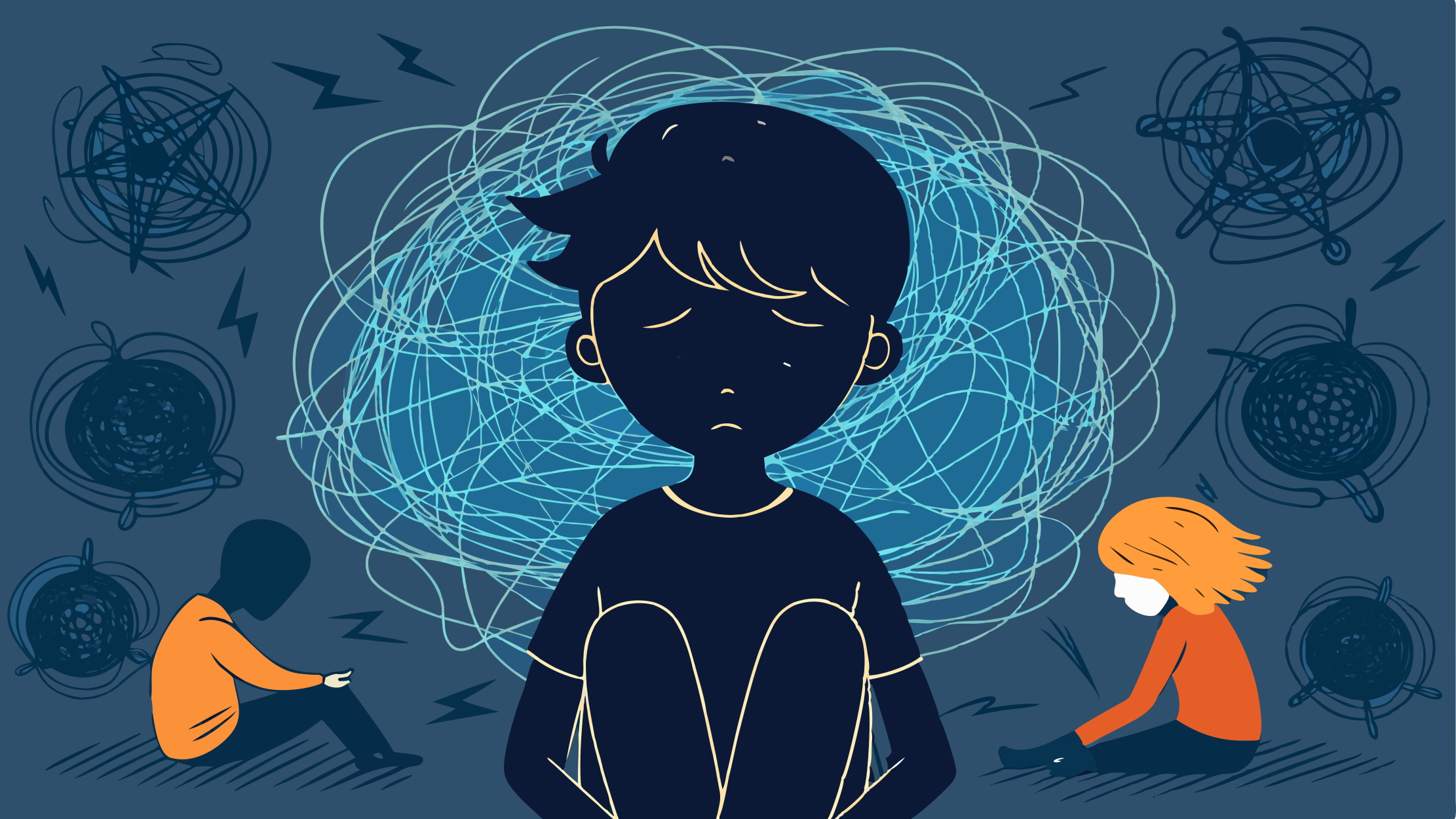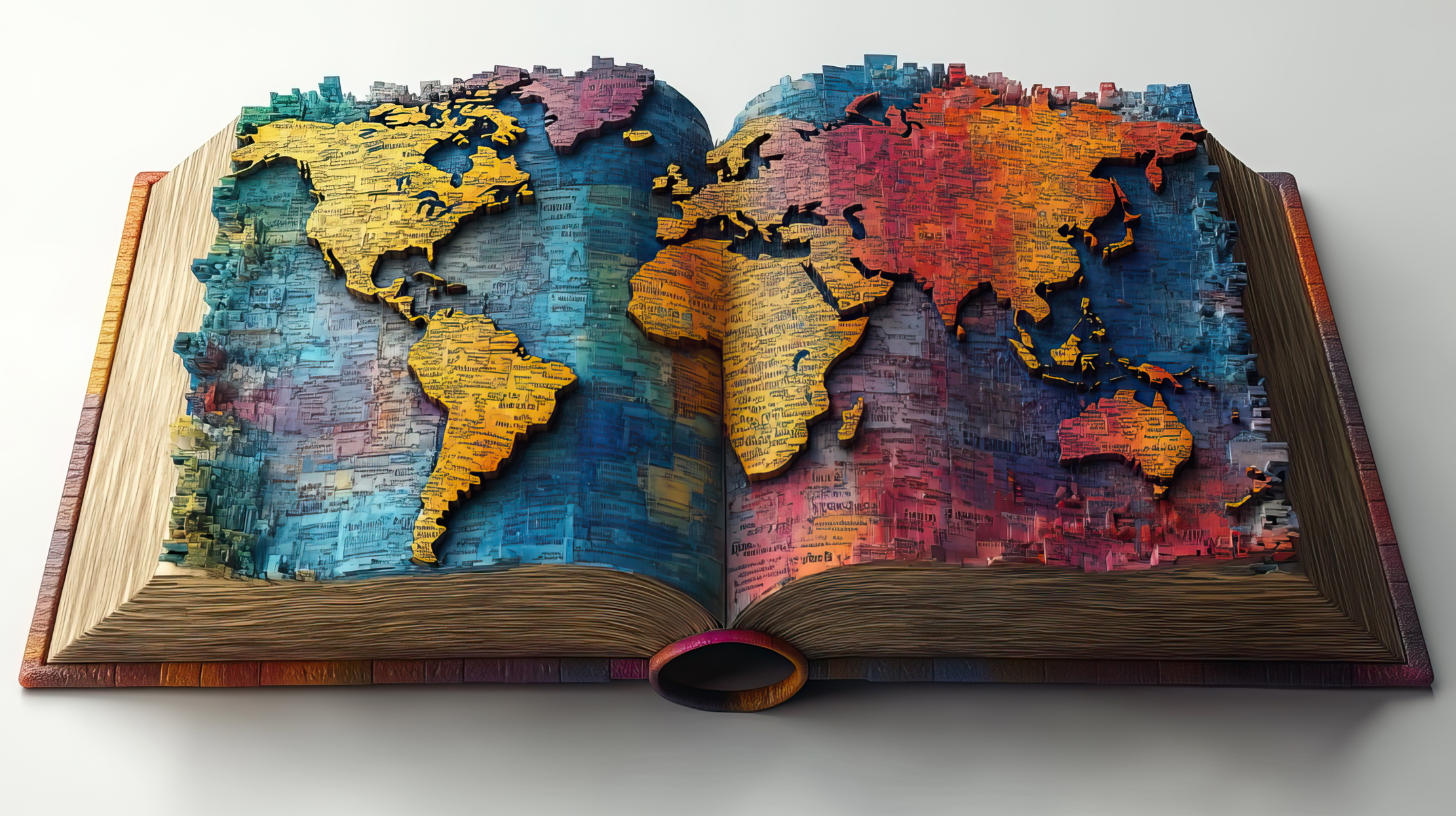AudioPod
About this episode
Some of the greatest advances in medical history have revolved around the creation of new materials that can replace damaged tissues in the body. Today, many researchers focus on creating materials that can replace damaged bone tissue, which often cannot heal naturally. Dr Susmita Bose and her team at Washington State University have been researching ways to engineer exciting new materials that mimic the structure of natural bone, allowing us to live happier, healthier, and longer lives.
Original Article Reference
This SciPod is a summary of https://doi.org/10.33548/SCIENTIA846
This work is licensed under a Creative Commons Attribution 4.0 International License. 
What does this mean?
Share: You can copy and redistribute the material in any medium or format
Adapt: You can change, and build upon the material for any purpose, even commercially.
Credit: You must give appropriate credit, provide a link to the license, and indicate if changes were made.






